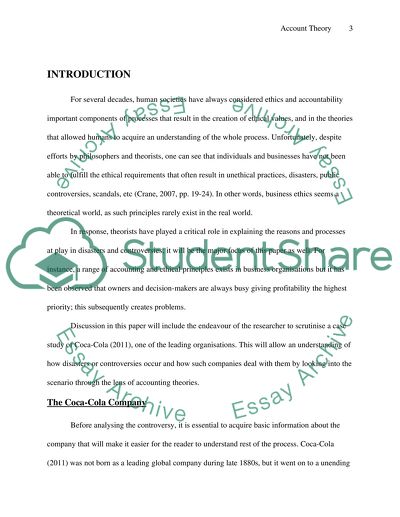Cite this document
(“Account theory:The Coca-Cola Company Essay Example | Topics and Well Written Essays - 1250 words”, n.d.)
Retrieved from https://studentshare.org/finance-accounting/1440618-account-theory
Retrieved from https://studentshare.org/finance-accounting/1440618-account-theory
(Account theory:The Coca-Cola Company Essay Example | Topics and Well Written Essays - 1250 Words)
https://studentshare.org/finance-accounting/1440618-account-theory.
https://studentshare.org/finance-accounting/1440618-account-theory.
“Account theory:The Coca-Cola Company Essay Example | Topics and Well Written Essays - 1250 Words”, n.d. https://studentshare.org/finance-accounting/1440618-account-theory.


